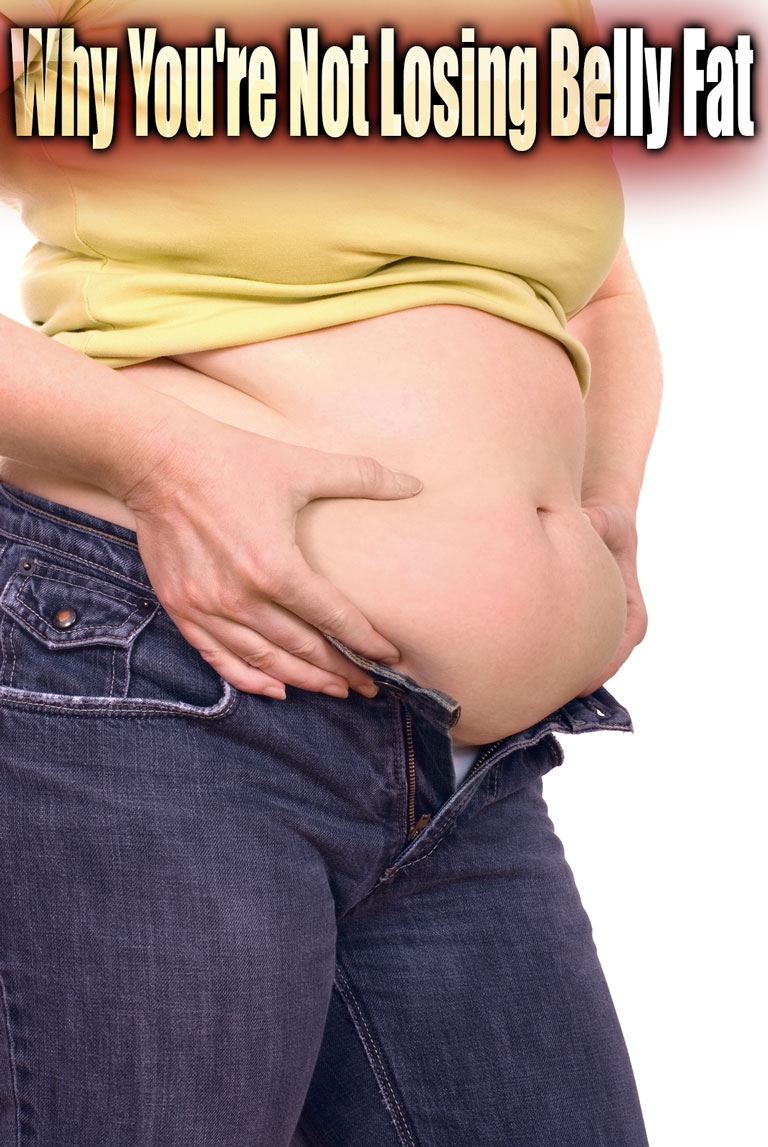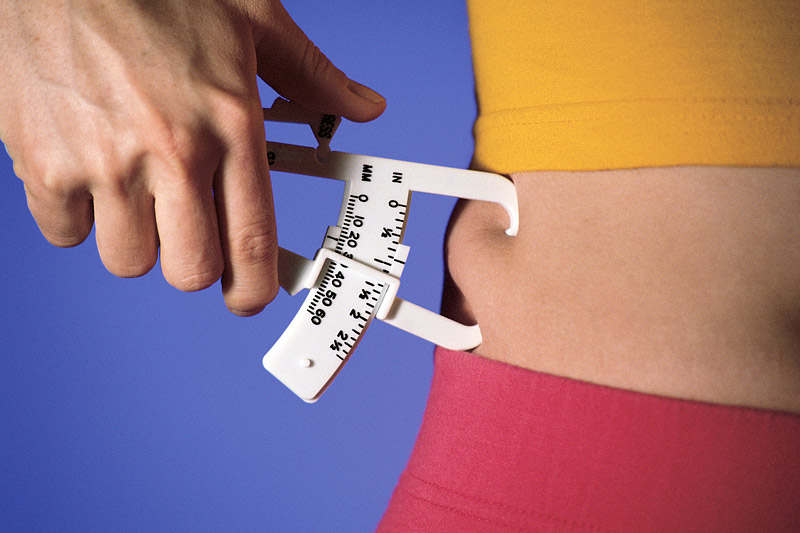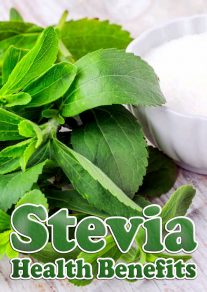
Why You’re Not Losing Belly Fat
My friend Sam is always complaining about her belly fat. She claims it’s the only place she gains weight and often refers to her tummy as Tina. Tina the talking tummy to be exact. Let’s be clear here, she is not overweight, but her fat does seem to accumulate around her hips and stomach.
She’s tried pretty much every diet you can think of. But the end result is the same. She’ll lose a few pounds, lose interest, and gain it back. She didn’t truly understand how to eliminate her belly fat until she tried these ten tips and tricks.
Dr. Sara Gottfried, Harvard-trained MD, and one of the leading experts on hormones, says “when you gain weight particularly at the waist, your body’s biochemistry plummets downward. You create more inflammation and oxidative stress and promote even more fat storage. The result is a vicious cycle of hormonal misfires, symptoms, and disease that will drag you down unless you flip the switch.”
First let us differentiate between the two types of fat you will find around your belly. Subcutaneous and visceral. I know, I know that’s a mouth full. Let’s break it down a little bit. Subcutaneous is external. It’s the typical type of fat that you can grab with your hands or pinch between your fingers. Visceral fat, is internal and you can find it stored around the inside of some of your organs like your liver, kidneys, intestines, and pancreas.
Bodily Amount:
Measuring the amount of fat you have in your body will make you feel one of the following three things; Surprise, delight, or disgust. I think you know which follows every result.
Doctors suggest that our bodies are designed to store belly fat in response to eating sugar, which allowed the body to survive the winter…back in the day. But in times of abundant food, this ancient make-up of fat stores misfires and stores fat despite the lack of famine. The key is to reverse the hormonal misfires, and eliminate cravings and resting fat.

Keep in mind that not all calories are the same. While its true that calories from some foods make you store belly fat, others make you store muscle and burn fat. However, hormones matter more. In particular, reducing belly fat involves the reset of the belly fat hormones insulin, leptin, cortisol, growth hormone and adiponectin.
10 Ways to get rid of belly fat:
1. Lay Off the Alcohol:
I know, I know it’s sad, but in reality liquid calories from beer, wine, mixed-drinks and basically any alcohol contribute to belly fat percentages.
2. Cortisol Levels:
An increase in stress means an increase in your cortisol levels. If you’re stressed, your cortisol levels will break down muscle and store fat. What works best is a daily practice of 30 minutes to reset stress levels in the body. Try listening to a guided meditation, get a massage, have an orgasm, or walk your dog around the block. Figure out what works for you and do it as often as you can!
3. Get Your Beauty Sleep:
Your body needs 7-8.5 hours of uninterrupted sleep to burn visceral fat. Sleep keeps cortisol levels and insulin levels in check. It couldn’t be easier to burn fat! Get yourself tucked under those covers.
4. Try Fasting:
Don’t worry, I’m not suggesting you go on an intensive or lengthy fast…no, what I am suggesting is intermittent fasting. It restricts your calorie intake and reduces visceral fat. It is recommended that men fast for 18 hours and women 16. Do this a couple times a week for the best results.
5. Remove Gluten and Dairy:
You probably already know someone who follows a gluten-free or dairy-free diet. Well, it’s not just a fad. And they’re not doing it just to be more hipster and trendy. Research suggests that going gluten-free can reduce fatness, inflammation, and insulin resistance. Food intolerances tend to raise stress hormones, such as cortisol, trigger inflammation, and over-activate the immune system.
6. Interval Training:
I’m not going to lie. I fell into the mindset that frequent long distance running was the best way for me to burn fat. Boy oh boy was I wrong. Running raises cortisol levels to almost three times the normal amount. Burst training or interval training is highly recommended by many athletic trainers as the most effective way to lose weight and burn fat. Try exercising at high intensity for 30-75 second bursts, separated by 2-3 minutes of recovery time.
7. Protein:
Be aware of how much protein you are consuming, and make sure it is anti-inflammatory. Try not to supplement healthy proteins with carbs. Over-eating carbs is one of the main contributors to weight gain in today’s society.
Try eating more: Lentils, legumes, cold-water, low-mercury, wild caught seafood; salmon, cod, steel-head trout, and wild meats like; elk, bison, grass fed beef.
8. Limit Fructose and Glucose:
Fructose is a harmful sugar. To be more specific it hurts your metabolic system. It goes straight to your liver, makes fat, and triggers insulin and leptin resistance. Fructose doesn’t tell your brain you are satisfied, so you still feel hungry and keep eating. The result is inflammation, a stressed out liver, and more visceral fat. The Department of Agriculture estimates that Americans consumed an average of about 27 pounds of high-fructose corn syrup in 2014. Glucose, doesn’t trigger insulin secretion or leptin production. These two hormones decrease your appetite and let you know when you’re full. Try limiting your fruits to lemons, limes, avocados, and olives.
9. Raise Adiponectin:
Adiponectin is part of a secret conversation between your fat cells and your brain. When levels are low, adiponectin can make you store fat. The more adiponectin you have in your blood, the more flab you burn. To raise adiponectin, eat pistachios and pumpkin seeds, get 35 to 50 grams of fiber per day, and consider taking a magnesium supplement.
10. Add Purslane:
Confused? Don’t worry, I shall explain. Eating excess fructose contributes to the fat in your liver, among other problems. Purslane offers the richest source of omega-3s and melatonin that you can obtain from a green vegetable. Some people call it a super food, or a weed worth eating, because its nutrient density strengthens connections in your brain, and enhances memory and learning. You can grow it, or buy it at your local farmer’s market, next to the sorrel and nettles. Add it to your salads for a quick purslane boost.






Leave a Reply